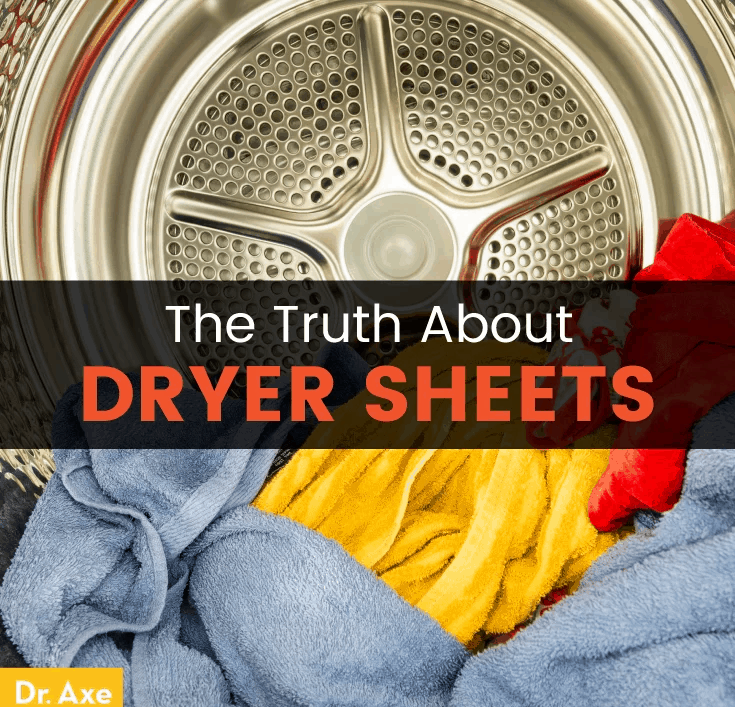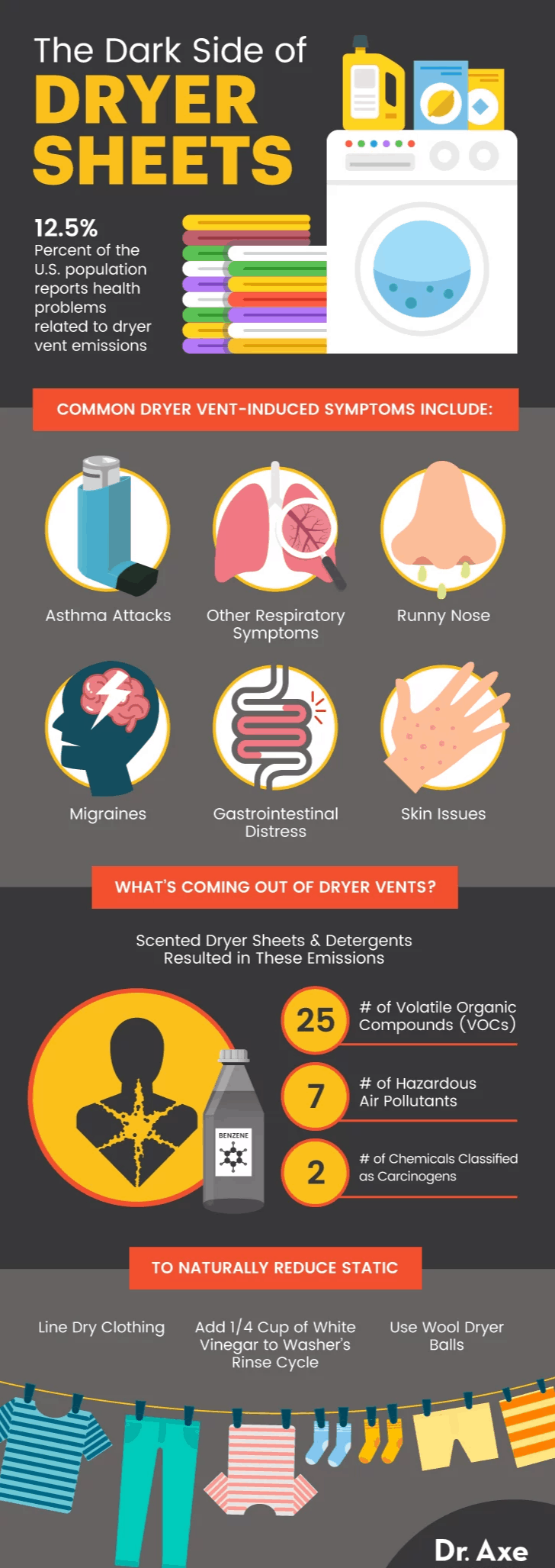This Dr. Axe content is medically reviewed or fact checked to ensure factually accurate information.
With strict editorial sourcing guidelines, we only link to academic research institutions, reputable media sites and, when research is available, medically peer-reviewed studies. Note that the numbers in parentheses (1, 2, etc.) are clickable links to these studies.
The information in our articles is NOT intended to replace a one-on-one relationship with a qualified health care professional and is not intended as medical advice.
This article is based on scientific evidence, written by experts and fact checked by our trained editorial staff. Note that the numbers in parentheses (1, 2, etc.) are clickable links to medically peer-reviewed studies.
Our team includes licensed nutritionists and dietitians, certified health education specialists, as well as certified strength and conditioning specialists, personal trainers and corrective exercise specialists. Our team aims to be not only thorough with its research, but also objective and unbiased.
The information in our articles is NOT intended to replace a one-on-one relationship with a qualified health care professional and is not intended as medical advice.
Stop Using Dryer Sheets Immediately!
June 14, 2017

Dryer sheets are part of the laundry routine for millions of people. Most of us don’t think twice about tossing a sheet or two into the dryer — it’s just part of the clean clothes process. And while pulling a warm, fresh load of scented laundry out of the dryer may make you feel warm and fuzzy, there’s likely something not-so-good happening inside of your body.
What if I told you those dryer sheets are caked with ingredients you wouldn’t wish on your worst enemy. And those “blossoms and flowers” depicted on the dryer sheet box? Don’t buy it. Dryer sheets are really a toxic ripoff. That means you’re paying more for a product that could actually be making you sick.
I’m talking about things like known carcinogens, hazardous pollutants, endocrine disruptors and things that target specific organs in the most unpleasant ways. Let’s examine what we know about dryer sheets and your health, then get into simple alternatives for a safer laundry routine.
Dryer Sheets: The Facts
Ever look at a box of dryer sheets? You’ll probably see images of flowers or line-dried laundry and claims of freshness, fabric softening, static reduction and wrinkle fighting power. What you won’t see? A comprehensive list of the chemical cocktail cooked into those sheets. As crazy as it seems, the current United States Consumer Product Safety Commission does not require dryer sheet manufacturers to list actual ingredients, including the chemicals used in fragrance blends.
To help us figure out what’s actually in these products many people use day in and day out, scientists have been studying the sheets and dryer vent exhaust to get a better picture. The results aren’t pretty. Here’s a rundown of some of the compounds detected in dryer sheets and dryer vent exhaust.
In one of the most interesting studies to date, pioneering fragrance researchers Anne Steinemann, PhD, a professor of civil and environmental engineering, looked at the chemicals spewing out of dryer vents. Using new, pre-rinsed organic towels, Steinemann and her team sampled laundry emissions after using scented fabric softening and dryer sheets in clean washers and dryers.
What was coming out of those vents? (And into people’s lungs?) Seven hazardous air pollutants and 25 volatile organic compounds (VOCs). Some of these, including acetaldehyde and benzene, are not safe at any level. (These are also pollutants that commonly spew out of vehicle tailpipes.) (1)
Acetaldehyde is a common ingredient used in fake fragrance blends. It’s “potentially carcinogenic to humans” and adversely impacts the kidneys, nervous and respiratory systems. (2) While it’s regulated in outdoor emissions, it’s a total free-for-all when it comes to home use. And that’s coming with some serious side effects.
In a 2016 study, Steinemann found 12.5 percent of people blamed scented laundry products spewing from dryer vents for health issues. These include ailments like respiratory issues, runny noses, asthma attacks, skin issues, migraines and even gastrointestinal symptoms. (3) Knowing this, doctors should be putting all of their patients in fragrance-free prescriptions!
The truth is, though, most people have no idea they’re introducing such nasty pollutants into their neighborhoods.
One of Steinemann’s fragrance studies found that acetaldehyde emissions from five leading scented detergent and dryer sheet brands “constitute about 6 percent of automobiles’ acetaldehyde emissions.” That’s a lot. (4) She also comments,
These products can affect not only personal health, but also public and environmental health. The chemicals can go into the air, down the drain and into water bodies. We focus a lot of attention on how to reduce emissions of pollutants from automobiles. And here’s one source of pollutants that could be reduced. (5)
Other dryer sheet and dryer sheet ingredient research unearthed these important findings:
- Forty-four percent of scented laundry products tested spewed at least one carcinogenic hazardous air pollutant. Some of these include acetaldehyde, 1,4-dioxane and formaldehyde. (6)
- Some of the more immediate dangers of synthetic scents in laundry products include migraines, asthma attacks, eye and throat irritation and contact dermatitis.
- In one mice study, fabric softening products triggered limited airflow and pulmonary irritation in the animals studied. (7, 8)
- In 2009, nearly 10 percent of the general U.S. population reports irritation from scents coming out of dryer vents. By 2016, that number increased to more than 12 percent. (9)
- In a study focusing on hormone disruptors and asthma triggers in everyday products, Silent Spring Institute researchers found dryer sheets contained some of the highest concentrations of harmful fragrance chemicals. Compounds like acetyl hexamethyl tetralin, isobornyl acetate and phenethyl alcohol also turned up. (10)
- According to EcoWatch, dryer sheets often contain quaternary ammonium compounds, which can trigger asthma attacks. These cautoionic fabric softeners also routinely trigger reproductive toxicity in animals. Acetone in the sheets can trigger dizzy spells and headaches. Aside from that, up to 10 percent of a dryer sheet’s weight could be comprised of fragrance chemicals. (11, 12)
- Dryer sheet “grades” vary greatly on Environmental Working Group’s Guide to Healthy Cleaning. Some “F” products contained quaternary ammonium compounds compounds due to their well-known asthma-triggering properties. Other fabric softening compounds routinely used in dryer sheets are considered toxic to wildlife. (13)
Related: Fragrance Sensitivity: Allergy Symptoms, Triggers & Treatment
Better Alternatives to Store-Bought Dryer Sheets
The good news is you can survive without dryer sheets. (It’s true!) In facts, humans existed and successfully washed their clothing for hundreds of years without this modern-day scented laundry products. In fact, a dryer sheet patent didn’t even exist until 1969. The creator, Conrad J. Gaiser, went on to sell the patent to Procter & Gamble, which created Bounce dryer sheets. (14)

You can avoid the chemicals in dryer sheets by using some of these laundry room tactics:
- Add a quarter cup of white vinegar to your washer’s rinse cycle.
- Look for plant-based, unscented laundry detergents. (Or make your own from unscented castile soap.)
- Hang your clothing outside to dry. (You’ll enjoy a drop in your energy bill, too!)
- Add wool dryer balls to your dryer. It also cuts down on drying time. You can add a few drops of organic, therapeutic-grade peppermint essential oil to the balls for a light, natural fragrance.
- Always use plant-based, unscented laundry detergents. Or, make your own homemade laundry soap.
- Beware of “green” laundry products. Even some of them released toxic compounds in some studies.
- Lobby your workplace, apartment complex and/or neighbors to adopt these fragrance-free laundry practices to protect the health of everyone in your community and workplace.
Final Thoughts on Dryer Sheets
- Dryer sheets are among the worst offenders for harboring chemicals linked to hormone disruption and asthma.
- More than 12 percent of the U.S. population reported negative health symptoms associated with dryer vent emissions.
- Many dryer sheets contain chemicals that react with the air to create formaldehyde, a probable human carcinogen.
- Other common dryer sheet pollutants include acetaldehyde and benzene, things also found in vehicle exhaust that are not considered safe at any level.
- To reduce your exposure to dryer sheet chemicals, you can reduce static cling naturally by adding a quarter cup of white vinegar to your washer’s rinse cycle. You can also use wool dryer balls or hang dry your clothing.








